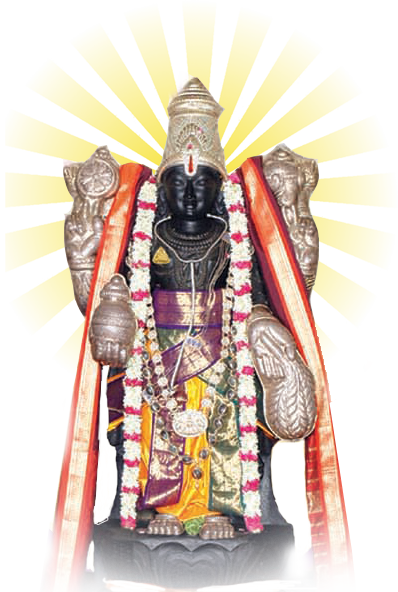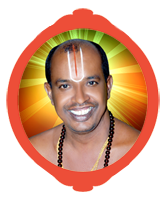

1.Maha Ganapathy Homam: To get the blessings of Lord Ganesh it is performed in the beginning of all Hindu ceremonies and new ventures. Lord Ganesh is the god for success and wisdom. He will give troubles for those who ignore s him. He is always remembered in every new endeavour, whether it is secular or religious.
2.Sudarsana Homam: It is performed to get rid of evil spirits and troubles from enemies.
3.Navagraha Homam: It is performed to pacify the Nine Planets and avoid the evil effects of planets. This is also done in all the new buildings and new houses.
4.Ayush Homam: This is performed on every birth day of a family member for healthy and long life. The first birth anniversary of every child is celebrated with Ayush Homam and lot of people are fed on that day.
5.Agnihotra: Done by the married people. During the Bhopal Poison gas tragedy nearly 3000 people died. But two people who performed Agnihotra escaped from the evil effects of poisonous gas. It was widely reported in the news papers.
6.Kushmanda homam : This homa is a Prayaschitha Homa performed to get rid of the sins done by a person. Prayaschita means atonement.
7.Samidhadhanam: Every Brahmin bachelor is supposed to do it every day with peepal or palasa sticks and ghee in the fire. It is a very short ceremony with positive mantras. They praise the Gods as the greatest, brightest, most intelligent, strongest, boldest etc and pray for the same qualities.
8.Aupasanam: Done by the married people every day in the morning and the evening. They start doing it after the birth of the first baby.
9.Mahamrutyunjaya homam : This is performed by repeating the Mrtyunjaya (Conquering death) mantra from the Rudram of Yajur Veda. A very short mantra repeated by Hindus very often. (Beginning Om Trayamabakam Yajaa mahe…..)
10.Lagu Mrutyunjaya homam: another type of the above one.
11.Vasthu homam: It is done during the construction of new houses or buildings
12. Purushasukta homam: Done with the recitation of Purushasukta from the Rik Veda.
13.Sri Sukta homam: Sri Suktam is a Vedic hymn in praise of Goddess.
14.Bhagavadgita homam :
15.Punyahavachanam:
16.Agnimukam:
17.Jayadhihomam:
18 Vichinnagni sandhanam:
19.Sri vidya navavarana homam:
20.Agnistoma :
21.Jyotistoma:
22.Mahavrata yaga:
23.Gasava yagam:
34.Ukthya yagam :
25.Avahanthihomam
26.Rudram Homam
27.Rudra Ekadasani
28.Maha Rudram
29.Ati Rudram
Rudra Ekadasi: When Rudram is recited 121 times (11 priests recite it 11 times) it is Rudra Ekadasi.
When Rudram is recited 1331 times (11X11X11) it is Maha Rudram
When Rudram is recited 14641 times (11X 11X11X11) it is Ati Rudram
30.Atirathram: Atirathram is very popular because of its performance every year in Kerala. Foreigners showed a great interest in it and recorded everything for the benefit of future generations. It was held at Panjal village in Thrissur district. The "Athiratram ritual literally means "building of the fire place and performed overnight” and usually held to propagate universal peace and harmony. It was documented about 40 years ago by US based Indologist Frits Stall (Emeritus Professor of Philosophy and South Asian Studies at the University of California at Berkley). He is no more. He recorded everything for the benefit of the posterity in 1975.
31.Aswamedham: Kshatriya rulers (kings) only did this in ancient India. A horse will be sent to different countries as the representative of the king. Whoever challenges it will have to go to war with the king. If they are defeated or pay tributes to the emperor they will be left untouched.
32.Purushamedham : It is the sacrifice of a man. But in the later times, they did it only with the dummies made up of flour, without sacrificing a man. Every ancient culture had some sort of sacrifice like this.
33.Rajasuyam: Kings do it to re establish their sovereignty. During the epic period Yudhistra/Dharma did it. During Sangam age, a Choza king did it.
34.Vajapeyam:.
35.Somayagam
36.Puthrakameshti yagam : Done by Dasaratha to get issues.
Puthra Kameshti Yajna is described in the Ramayana. Childless couples performed it to get children.


